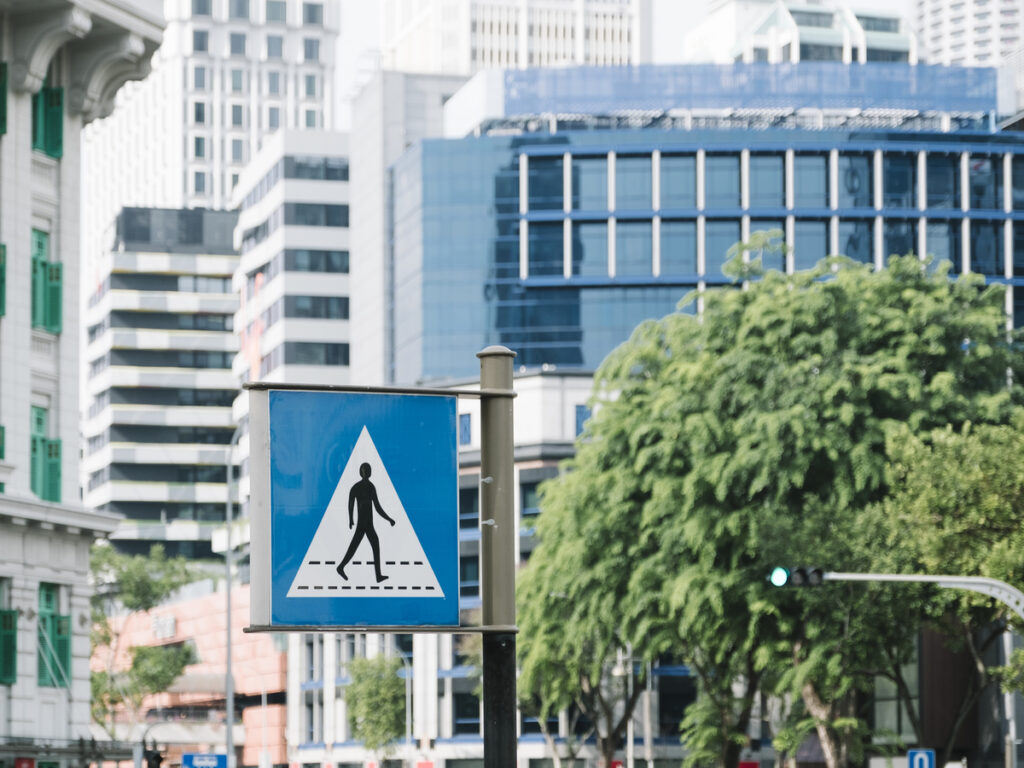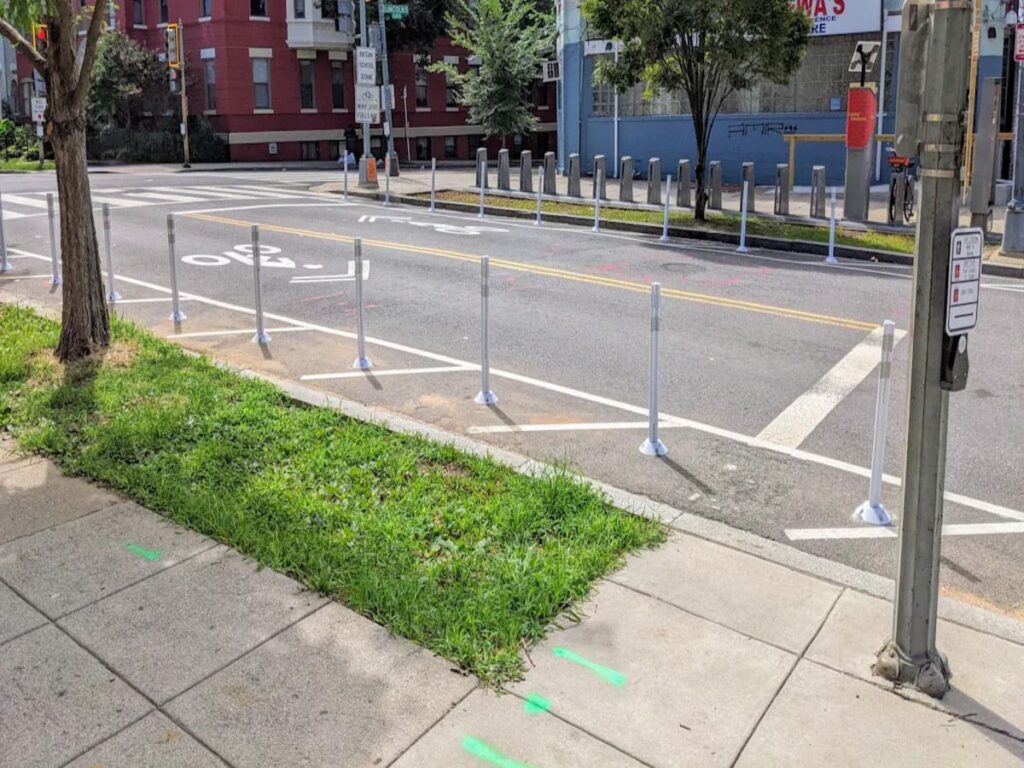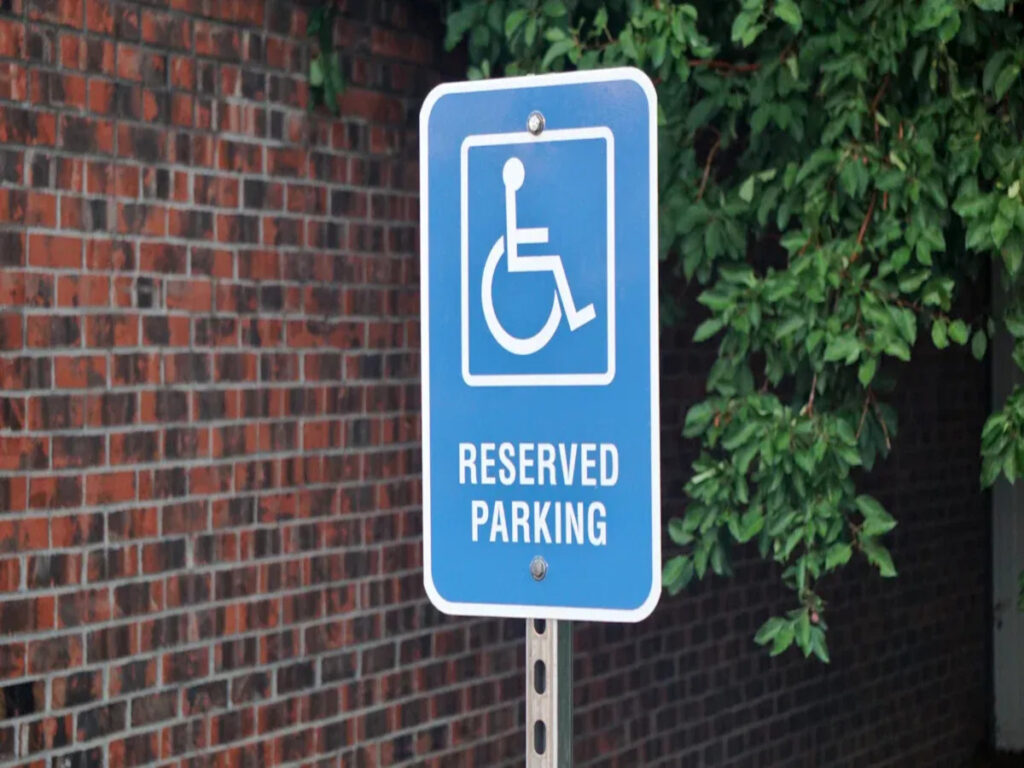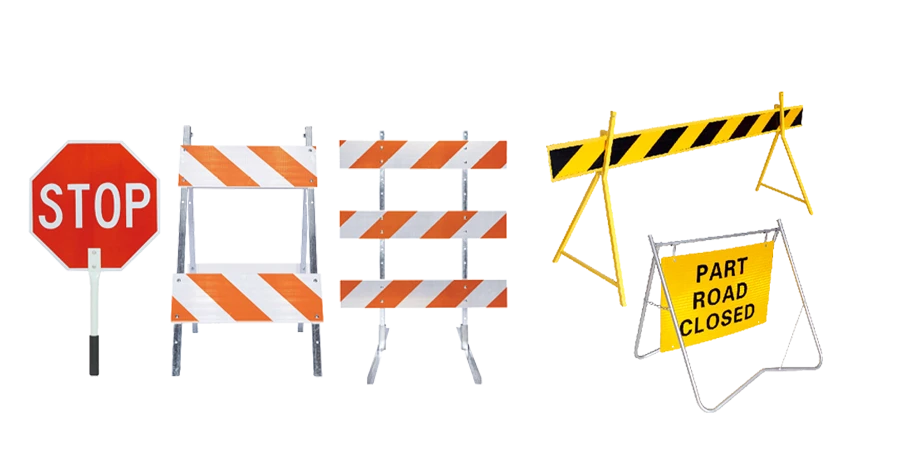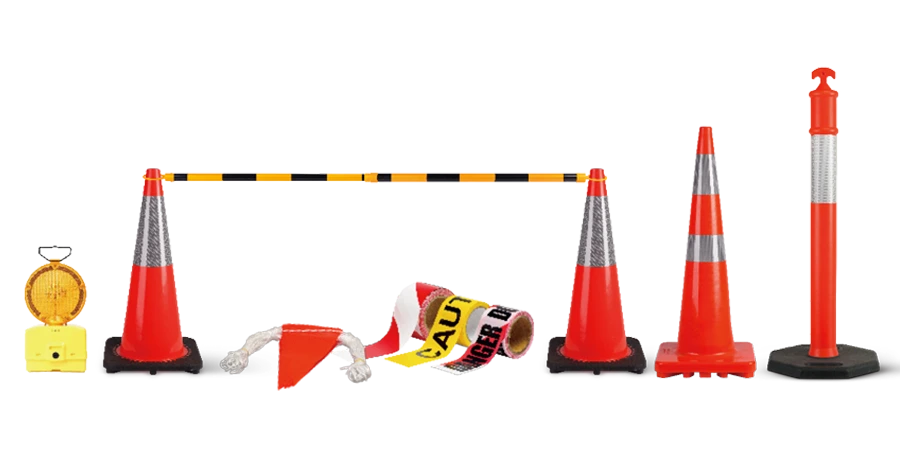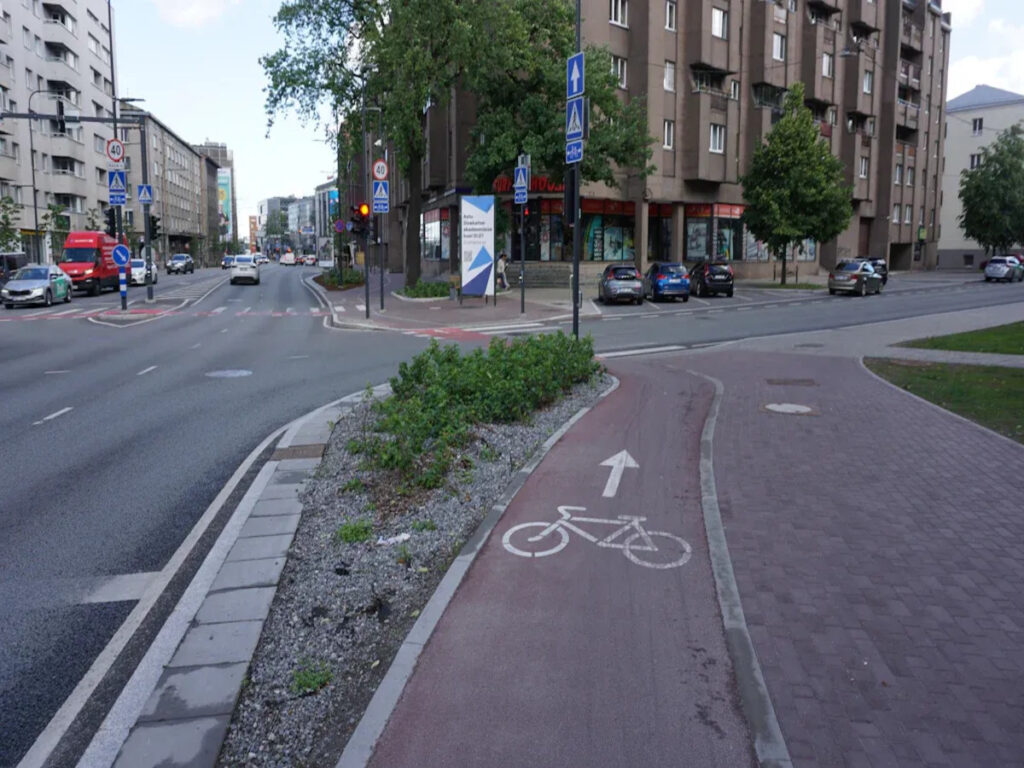
E-bikes are changing how people travel in cities. They are eco-friendly and help people get around easily. But as more people use them, making them fit safely into city systems is important. Bike lane delineators are key to this change. These delineators set clear paths, keeping riders safe and making cities better for bikes.
Recent numbers show this trend. For example, Denver added over 4,700 e-bikes to its streets in 2022. Programs like this, along with tools like bike lane delineators, help make biking safer and better for the environment.
Spending money on e-bike paths now creates greener and fairer cities later.
Key Takeaways
- Bike lane dividers make safe areas for e-bike riders. They help prevent accidents and keep roads safer.
- Cities that add e-bike tools, like dividers, get more riders. They also have fewer injuries, making biking more common.
- Dividers help new riders feel safe by showing clear bike lanes. This gets more people to ride e-bikes in busy places.
- Smart dividers with tech can watch traffic and boost safety. They adjust to real-time changes, making rides easier for all.
- Using green materials for dividers helps the planet. It also makes bike lanes stronger and easier to see.
The Current Landscape of E-Bike Infrastructure
The Rise of E-Bikes in Urban Mobility
E-bikes are changing how people move in cities. They are eco-friendly and great for short trips, cutting car use. In New York, 35% of Citi Bike rides now use e-bikes. These bikes are used almost three times more than regular bikes. Each e-bike is ridden nine times daily, while pedal bikes average 3.5 rides. Shared e-bike programs are growing, with over 50 U.S. cities adding them.
E-bikes show a shift to smaller, greener travel options. They help reduce traffic and pollution while being easy to use. The global e-city bike market was worth $20.8 billion in 2023. It is expected to grow as more people want eco-friendly travel. E-bikes also have cool features like GPS and phone connections, making them popular for city travel.
Challenges in Designing E-Bike-Friendly Infrastructure
As e-bikes grow in number, safe paths are needed. A big problem is that rules differ between cities. This confuses riders about where to ride or park. More e-bikes also mean more injuries, showing the need for better planning.
Many cities don’t have protected bike lanes. These lanes are important to keep bikes away from cars and walkers. Without them, riders share roads with cars, which is risky. Cities also need good lighting and signs for safety on busy bike paths. Special bike paths and sidewalks can make biking safer and fairer for everyone.
Another issue is guessing future needs. Tools like ARIMA and Monte Carlo simulations help predict e-bike use. These tools look at things like money and spending habits. This helps cities plan better paths for the growing number of e-bikes.
The Role of Bike Lane Delineators in E-Bike Safety

Making E-Bike Travel Safer
Bike lane delineators help keep e-bike riders safe. They create clear spaces between cars, walkers, and bikes. This reduces the chance of crashes. Riders can stay in their lanes and avoid fast cars. This is very important for e-bikes, which are faster than regular bikes.
Research shows that bike lanes with delineators slow cars down. For example:
- Cars turning right go 21% slower with delineated bike lanes.
- Crash rates drop by 30% to 49% on marked urban roads.
- Delineators cut accidents by 50% compared to painted-only bike lanes.
These numbers show how delineators make roads safer for everyone. Drivers can see bike lanes better and avoid crossing into them. Riding in protected bike lanes with delineators feels safer because they are built to protect you.
Helping Riders Feel Safe and Use E-Bikes More
When riders feel safe, they use e-bikes more often. Delineators help by making bike lanes clear and secure. Riders may avoid e-bikes if lanes are unclear or shared with cars. Delineators fix this by showing exactly where to ride.
In cities like Portland and New York, cyclist injuries dropped by 37% and 34% after adding delineated bike lanes. These changes encourage more people to try e-bikes. As more people ride, cities build better bike paths, creating a positive cycle.
Delineators also help new riders feel confident. Clear bike lanes make it easier to ride in busy areas. This is helpful for beginners who may feel nervous in traffic. By making riders feel safe, delineators help e-bikes become a popular and eco-friendly way to travel.
Smoother Traffic and Safer Streets
Bike lane delineators help everyone, not just riders. They separate bikes from cars, reducing traffic jams. When bikes and cars have their own lanes, traffic moves more smoothly. Drivers can keep steady speeds without sudden stops to avoid bikes.
Studies show these benefits:
| Metric | Description |
|---|---|
| Traffic Volume | Fewer cars as more people ride e-bikes. |
| Traffic Accidents | Fewer crashes reported on the roads. |
| Traffic Speeds | Steadier speeds for both cars and bikes. |
| Bicycle Users | More cyclists using safe, marked bike lanes. |
Delineators also slow cars near bike lanes, making streets safer. Painted bike lanes slow cars by 11% to 15%, but delineators work even better. Riding in cities with delineated bike lanes helps create safer and more organized streets
By improving safety, building confidence, and easing traffic, traffic road delineators are changing city travel. They make e-bikes easier to use and more appealing. This helps cities become greener and safer for everyone. OPTRAFFIC is at the forefront of this shift, offering innovative road delineator solutions designed to enhance urban mobility. OPTRAFFIC highly visible, durable traffic delineators for sale are ideal for guiding cyclists and e-bike users safely through busy streets, contributing to safer, more organized roads. By using OPTRAFFIC‘s delineators, cities can better manage traffic, encourage green transportation methods like e-bikes, and promote a cleaner, more sustainable urban environment. With OPTRAFFIC, cities don’t just become safer—they become smarter and greener, fostering a better quality of life for everyone.
Adapting Bike Lane Delineators for E-Bikes
Handling Faster Speeds and Special E-Bike Needs
E-bikes are faster than regular bikes, going 20 to 28 mph. Bike lanes need to be wide enough for these speeds. This keeps riders safe and away from traffic. Reflective or LED-lit traffic delineators help riders see better at night. This makes it safer to ride fast without slowing down.
E-bikes are heavier and have electric parts. Delineators must be strong to handle bumps from these bikes. Flexible materials like rubber can take hits without breaking. This makes them last longer and work better. By solving these issues, cities can support more e-bike riders.
Fitting Into Multimodal Transportation Systems
Cities now mix bikes, cars, and public transit together. Delineators help by keeping e-bike lanes separate from cars and walkers. This reduces crashes and keeps traffic moving smoothly. For example, delineators guide riders through busy intersections with buses or trams.
Delineators also connect bike lanes to train stations or bus stops. This helps riders switch between bikes and public transit easily. By adding delineators, cities make travel smoother and greener for everyone.
New Materials and Better Durability
Bike lane delineators are improving to meet city needs. Recycled plastics and polymers are strong and eco-friendly. These materials resist bad weather and last a long time.
Some cities use smart delineators with sensors. These can track lane use and send updates to traffic systems. For example, they can alert workers if a lane is blocked. Using these new ideas helps cities plan better and keep bike lanes working well.
Future Trends in Bike Lane Delineators for 2025
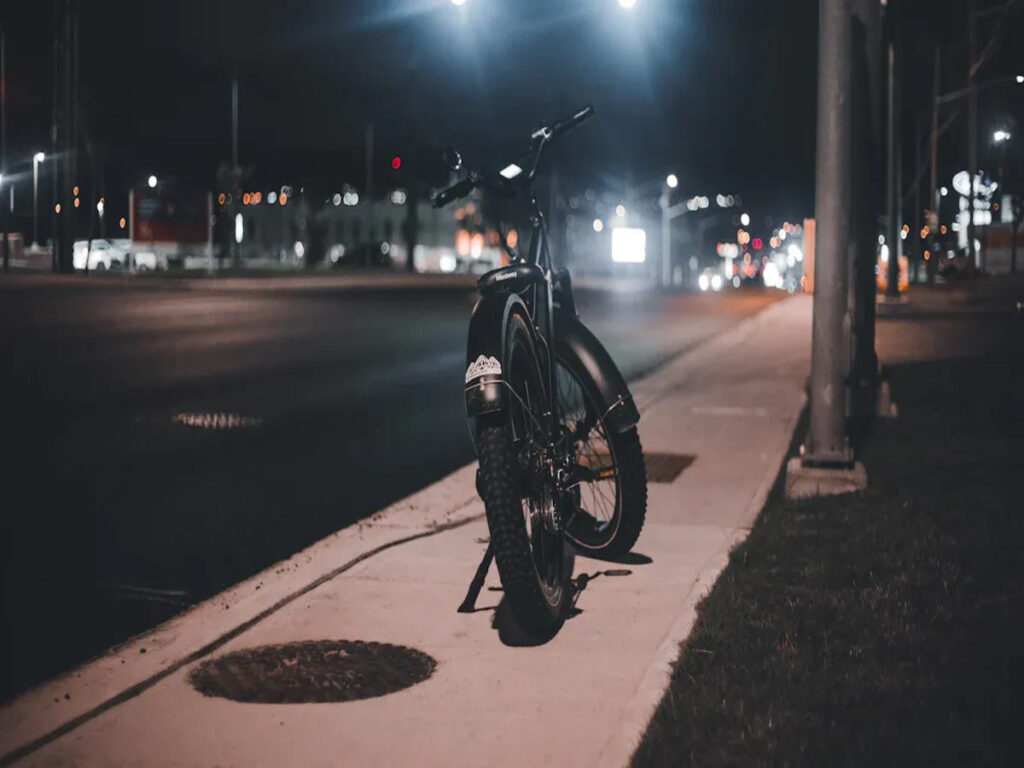
Smart Delineators and IoT Integration
Smart technology is making bike lanes safer and smarter. These new bike delineators use IoT (Internet of Things) to gather data. They track traffic, road conditions, and lane use in real time. For example, they can warn riders about blocked paths or change traffic lights. This helps make rides smoother and safer for everyone.
Cities like Copenhagen already use smart delineators. They have cut accidents by 25%, showing how helpful technology can be. Features like solar-powered lights and reflective materials make bike lanes easier to see at night. This reduces crashes and keeps riders safe after dark.
Smart delineators can also change lane sizes when needed. For example, during busy times, they can make more space for e-bikes. This helps traffic flow better and keeps everyone moving safely. These tools help cities plan better bike routes for all users.
Sustainable and Eco-Friendly Materials
Using eco-friendly materials is another big trend for bike lanes. Companies now make bike delineators from recycled plastics and rubber. These materials are strong, long-lasting, and better for the planet. They help reduce waste and save resources, making cities greener.
New rules also push for safer materials. Harmful chemicals like PFAS are being banned. This protects nature and keeps people healthier. By using green materials, cities can build safer and cleaner bike lanes.
Some traffic delineators now have solar panels to power their lights. This saves energy and makes bike lanes more visible. These changes help riders stay safe while protecting the environment. Riding on these paths supports a cleaner future for everyone.
Policy and Funding for E-Bike Infrastructure
Government support is key to improving e-bike systems. States like Colorado and Washington spend a lot on biking projects. For example, Colorado spends $229.5 million yearly, or $40.91 per person. This money builds better bike paths, parking, and safer systems.
Funding leads to real results. Programs like the Nonmotorized Transportation Pilot Program increased biking by 48.3%. They also lowered injury rates by up to 38.2%. These numbers show how funding makes biking safer and more popular.
Policies now focus on strong and flexible delineators. These rules make sure bike lanes stay clear and safe, even in busy areas. Supporting these efforts helps create better transportation for everyone.
Bike lane delineators are changing city travel by making biking safer. They help lower accidents, build rider confidence, and improve traffic. Cities using new delineator designs enjoy benefits like better transit access and safer roads. For instance, Houten in the Netherlands shows how good bike paths boost biking and walking.
Innovation is still needed. Cyclist deaths fell 24% from 2019 to 2020. However, since 2010, these deaths have risen by 55%. E-bike injuries also grow by 23% each year. These numbers show why safer bike paths are urgent. By focusing on delineators, cities can support biking and create greener spaces.
The time to act is now. Cities must focus on safe, smart e-bike paths to meet today’s travel needs.
FAQ
What are bike lane delineators, and why do they matter for e-bikes?
Bike lane delineators are barriers that separate bikes from cars and walkers. They make riding safer by marking lanes clearly and reducing crashes.
How do bike lane delineators keep e-bike riders safe?
Delineators block cars from entering bike lanes and guide riders safely. Reflective materials help riders see better at night, avoiding accidents in busy areas.
Can bike lane delineators help with e-bike parking and charging?
Yes! Delineators show where to park and charge e-bikes. They stop cars from blocking these spots, making parking and charging easy and safe.
Are bike lane delineators useful in shared spaces?
Definitely. Delineators divide lanes for bikes, walkers, and cars in shared areas. They adjust to traffic, helping riders stay safe during busy times.
What new ideas are improving bike lane delineators?
Smart delineators with sensors and technology are being developed. They track lane use, warn about problems, and adjust to traffic, making bike lanes smarter and safer.

